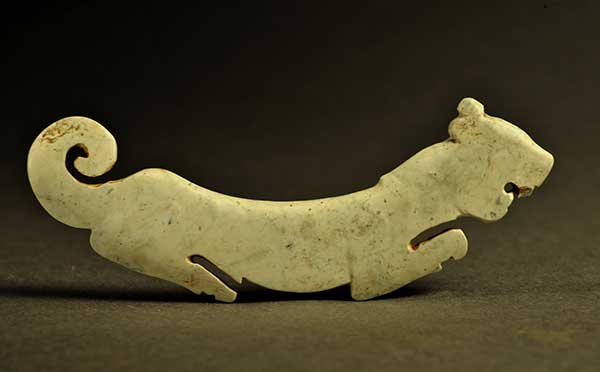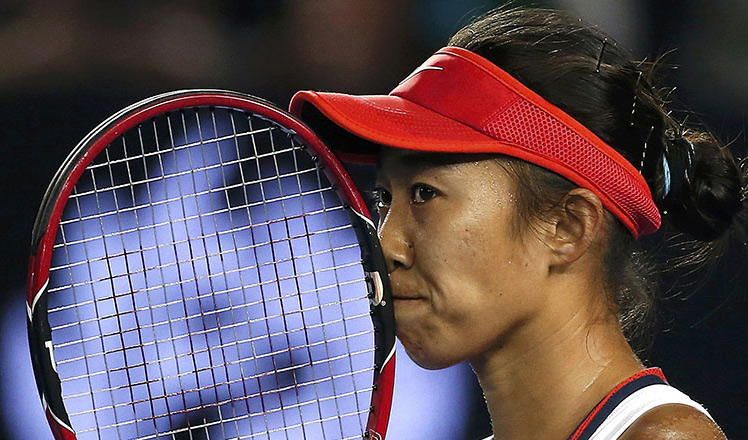Green mysteries
Updated: 2016-01-19 08:50
By Lei Xiaoxun/Zhou Lihua/Liu Kun(China Daily)
|
||||||||
Some of the jadeware shapes of Shijiahe, such as the cicada or openwork plaque mimicking a long (Chinese dragon) or a human head, were inherited in the Shang and later dynasties.
"Although Hongshan Culture jades and Liangzhu Culture jades are undoubtedly prominent representatives of Neolithic ancient Chinese jades, the two cultures died and vanished after peaking in their own times", says the Aurora Museum's Wu."Shijiahe jade is still the most important origin of ancient Chinese jades," he says, adding that much more splendid and exquisite Shijiahe jades are expected to be unearthed in future excavations, because the current collections have been found from low or middle-level urn-burial sites.
"Surprises will arise from those large-scale tomb sites," he says.
While archaeological and research work is ongoing in the Tianmen county area, museum officials say the recently unearthed jades will be on public display later this year or the next.
- A glimpse of Spring Rush: little migrant birds on the way home
- Policy puts focus on genuine artistic students
- Police unravel market where babies are bought, sold as commodities
- More older pregnant women expected
- Netizen backlash 'ugly' Spring Festival Gala mascot
- China builds Mongolian language corpus
- 2 Chinese nationals killed, 1 injured in suspected bomb attack in Laos
- New York, Washington clean up after fatal blizzard
- 'Plane wreckage' found in Thailand fuels talk of missing Malaysian jet
- Washington shuts down govt, NY rebounds after blizzard
- 7 policemen, 3 civilians killed in Egypt's Giza blast
- Former US Marine held in Iran arrives home after swap
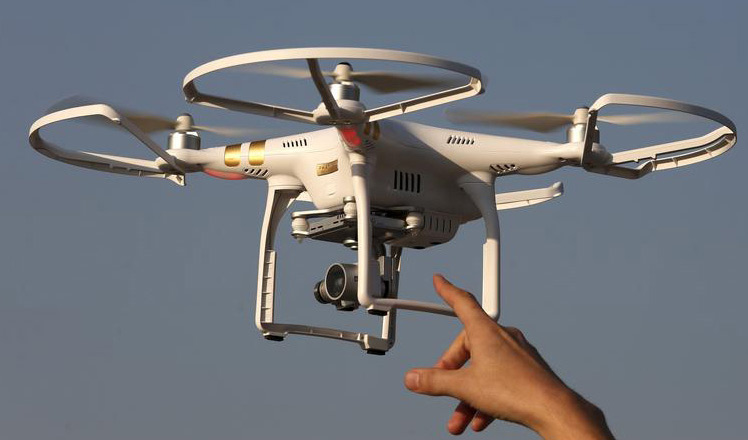
 Drone makers see soaring growth but dark clouds circle industry
Drone makers see soaring growth but dark clouds circle industry China's Zhang reaches Australian Open quarterfinals
China's Zhang reaches Australian Open quarterfinals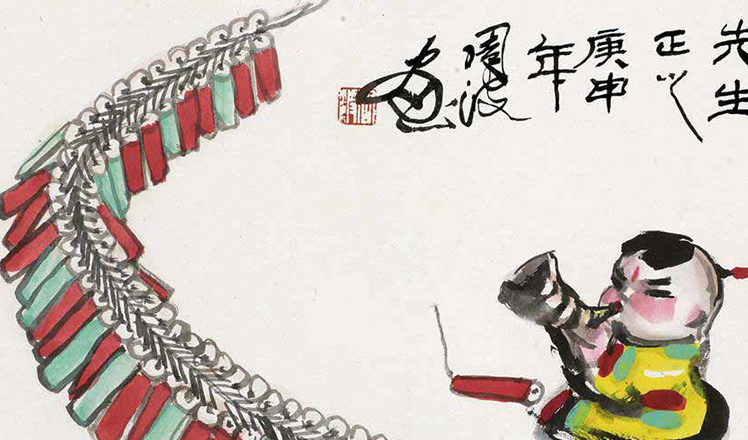
 Spring Festival in the eyes of Chinese painters
Spring Festival in the eyes of Chinese painters
 Cold snap brings joy and beauty to south China
Cold snap brings joy and beauty to south China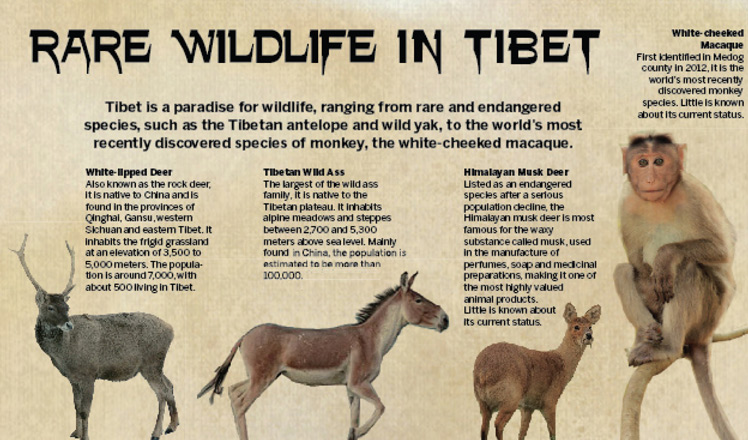
 The making of China Daily's Tibetan-style English font
The making of China Daily's Tibetan-style English font
 First trains of Spring Festival travel depart around China
First trains of Spring Festival travel depart around China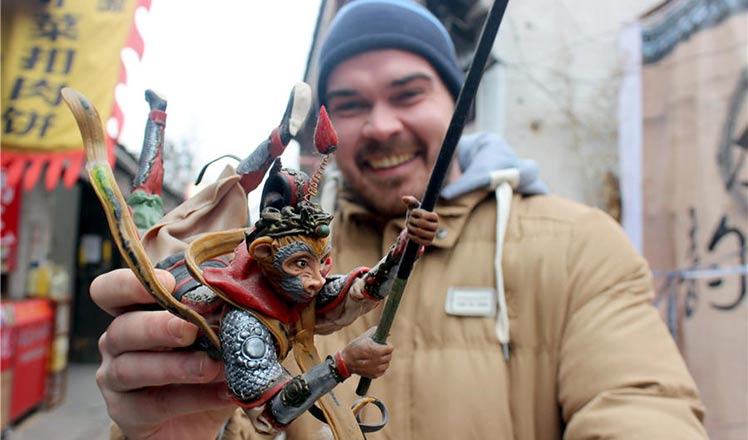
 Dough figurines of Monkey King welcome the New Year
Dough figurines of Monkey King welcome the New Year
 Ning Zetao, Liu Hong named China's athletes of the year
Ning Zetao, Liu Hong named China's athletes of the year
Most Viewed
Editor's Picks

|

|

|

|

|

|
Today's Top News
National Art Museum showing 400 puppets in new exhibition
Finest Chinese porcelains expected to fetch over $28 million
Monkey portraits by Chinese ink painting masters
Beijing's movie fans in for new experience
Obama to deliver final State of the Union speech
Shooting rampage at US social services agency leaves 14 dead
Chinese bargain hunters are changing the retail game
Chinese president arrives in Turkey for G20 summit
US Weekly

|

|
